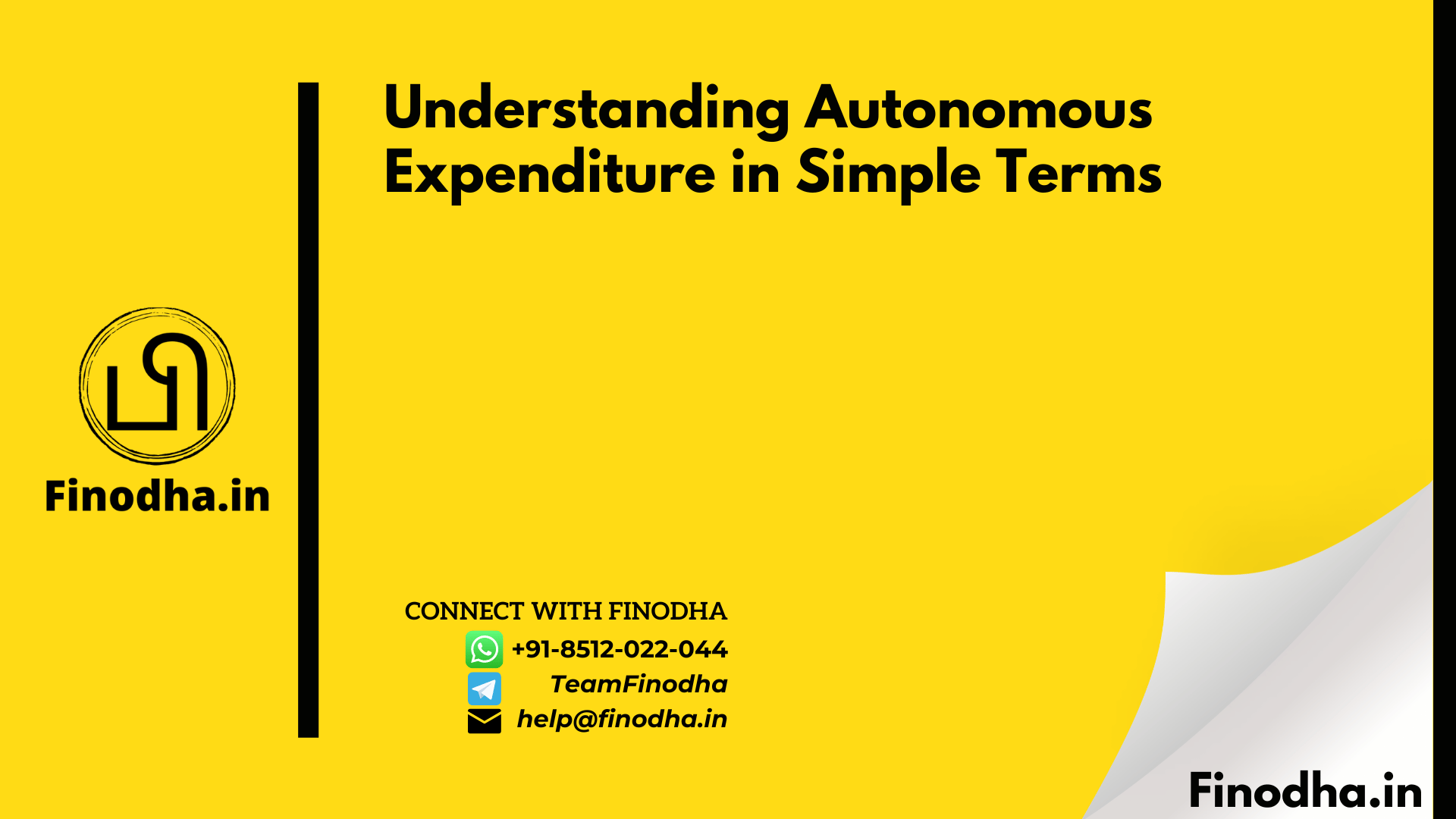Important keywords: Macroeconomic sectors, Aggregate expenditures, Equilibrium, Induced expenditure, Fiscal policy, Interest rates, Consumer confidence, Foreign currency exchange rates, Government expenditure, Household expenditure, Industry expenditure, Foreign expenditure, National economy, Minimum rates of expenditure, Determinants of aggregate expenditures, Economic stability, Budget planning, Fiscal management.
Table of Contents
Introduction
Autonomous expenditure refers to essential expenses that have to be made regardless of income, such as food and housing. Similarly, governments have to spend on necessary services like roads, health, and security, no matter the tax collections.
What is Autonomous Expenditure?
It is spending from the four macroeconomic sectors that is not influenced by income or production levels. These expenses are the baseline or minimum rates of expenditure that remain constant even if income falls to zero.
Factors Affecting Autonomous Expenditure Autonomous expenditures are not absolutely constant and are influenced by factors like interest rates, fiscal policy, foreign currency exchange rates, and consumer confidence. Changes in these determinants can shift the aggregate expenditures line and disrupt the equilibrium.
Relationship with Induced Expenditure Autonomous and induced expenses interact when the determinants disturb the equilibrium. A change in the determinants causes a shift in the line of aggregate spending, which is then restored by a change in induced spending along the path of aggregate expenditures.
Key Takeaways
- It refers to essential expenses that remain constant regardless of income or production levels.
- It is influenced by factors like interest rates, fiscal policy, foreign currency exchange rates, and consumer confidence.
- A change in expenditure can shift the aggregate expenditures line and disrupt the equilibrium, which is then restored by a change in induced spending.
Conclusion
Autonomous expenditure is an important concept in macroeconomics that helps understand the minimum expenses that have to be made regardless of income level. It is influenced by various factors that can affect the equilibrium and requires a change in induced expenditure to restore balance.
Official Income Tax Return filing website: https://www.incometax.gov.in/iec/foportal/
Official GST common portal website: https://www.gst.gov.in/





0 Comments